There’s a good chance your dad taught you everything you know about farming and running the business. But, we still get a lot of questions about the process of buying a center pivot and the best way to go about it. The purchase of a center pivot irrigation machine is a big investment that can provide a very good return to you.
Here is a list of 12 questions and considerations your dad may not have covered with you about buying a center pivot for irrigating your farm:
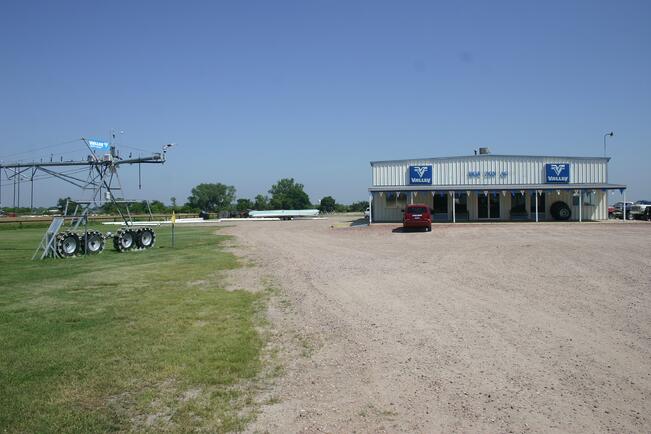
1. What kind of support should I expect from my irrigation dealer?
When you decide to buy a center pivot or convert to pivot from another form of irrigation, you are making an investment for 20 years or more, not just with the machine, but also with your local irrigation dealer. That being said, you need to make sure your local dealer is committed to his business, has the capability to provide you with a “turnkey solution” with qualified service and readily available parts, and is available for you on your time. Check with other growers in your area who use your local dealer to see what they think of his business.

2. What kind of support should I expect from the manufacturer?
Similar to vetting your local dealer, you need to be sure you pay attention to the brand of center pivot irrigation equipment you are planning to purchase. How is the manufacturer’s product quality? What kind of support does the manufacturer give to your local dealer? You also want to be sure you are signing up for a solid warranty and innovative technology to help make your life easier.
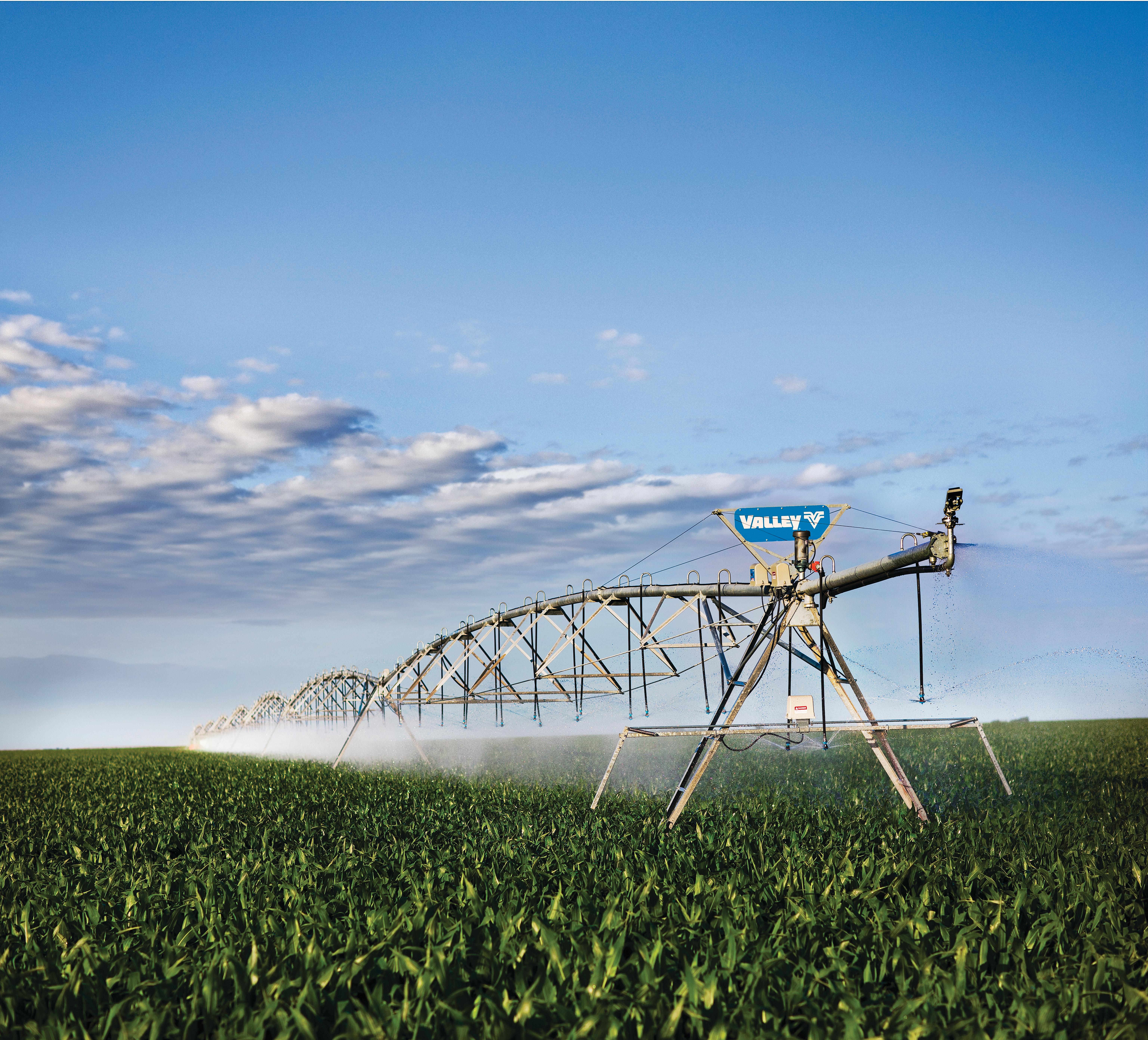
3. Do I have adequate water supply for a center pivot?
This is one of the most important questions to ask yourself before committing to a center pivot. If you don’t have enough water, your center pivot simply will not work the way you expect or you may be required to change the crops you grow and how you manage the pivot. The amount of water you need is directly related to the climate you farm in, as well as the type of crop (or crops) you grow. Check with local universities, USDA professionals or your local irrigation dealer to determine if the water you have available will be adequate to provide the yields you expect.
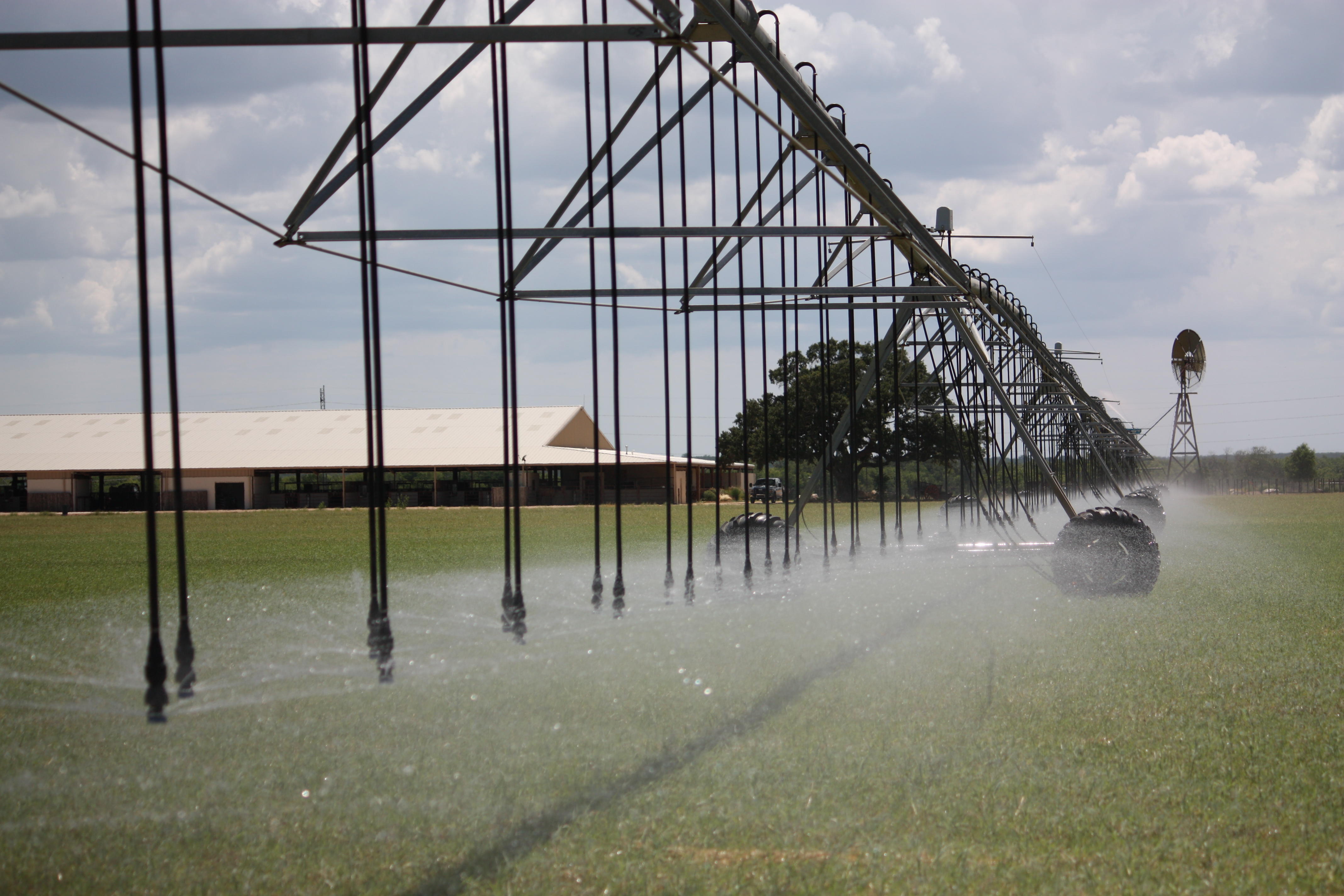
4. What kind of sprinklers should be installed on my center pivot?
Sprinklers help make sure the center pivot applies water to your crop in a very efficient manner, so it’s important to be educated on what different sprinkler heads can do for your irrigation operation. The selection and design of your pivot’s sprinkler package is critical, and it depends on several factors, but some of the more important factors to consider include: type of your terrain, available pressure, and type of crop (or crops) grown. Your local irrigation dealer is an expert in sprinkler selection and design, so be sure to spend a good amount of time talking about this with him/her.
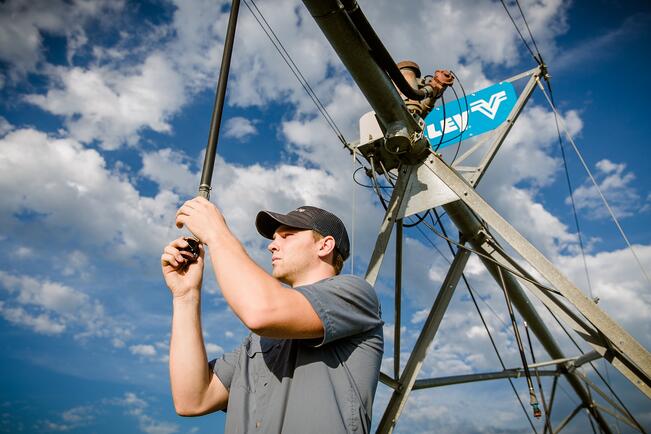
5. Should I use pressure regulators?
First of all, what is a pressure regulator? A pressure regulator is a device that maintains a constant nozzle pressure over a wide range of input pressures to the sprinkler; in laymen’s terms, it helps make sure you have consistent pressure along the length of your machine. You will want to “tee up” the conversation about utilizing pressure regulators with your irrigation dealer if you experience variations in your terrain. As an example, if your pivot is designed so that the end sprinkler nozzle operates at 20 psi at the top of a 20-foot hill, the pressure on that last sprinkler will increase by about 8.5 psi when the end tower walks back down the 20-foot elevation, causing the amount of water flowing out of those sprinklers to increase by about 20% if pressure regulators are not utilized. Using pressure regulators in this situation helps to mitigate over or under watering, and/or non-uniform irrigation.
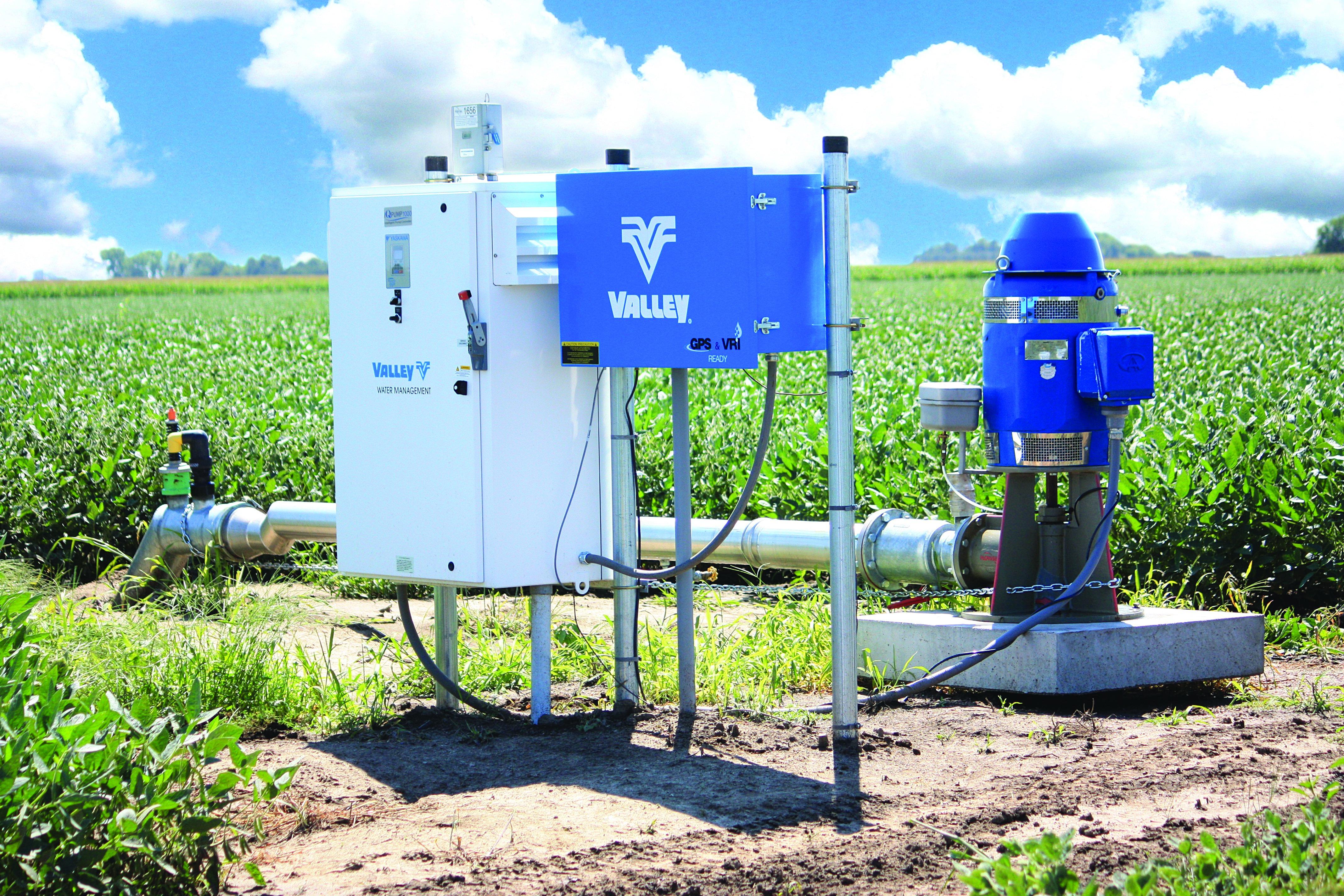
6. Do I have adequate pressure available?
A good design will always include a requirement for a proper pressure reading at the pivot point or at the end of the machine, to ensure that the sprinkler package operates correctly. This requires pumping equipment or gravity supplied water to be designed to deliver the water at the required operation pressure of the sprinklers. After you begin to use your center pivot, it is a good idea to verify that you have adequate pressure available; this is easily verified by reading the pressure at the pivot point and at the end of the machine. If you don’t have adequate pressure, you may see non-uniform irrigation along the pivot’s spans. Consult with your irrigation dealer to determine what pressure is actually required and to make sure it’s adequate.
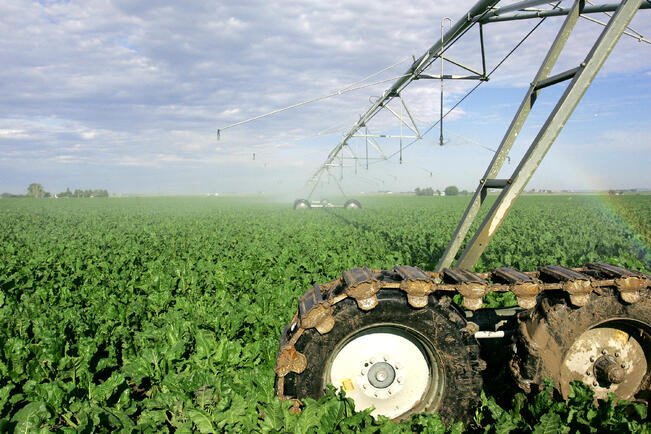
7. What about wheel track management?
Wheel tracks can be a problem if they get too deep, but there are easy ways to strategically manage them. Doing some planning and thinking about wheel track management ahead of designing and installing your center pivot can pay off during the growing season. If you have heavier soils, you may have issues with wheel tracks. Your dealer is an expert source in providing you with a variety of options that can minimize wheel tracks and help to prevent your machine from getting stuck.
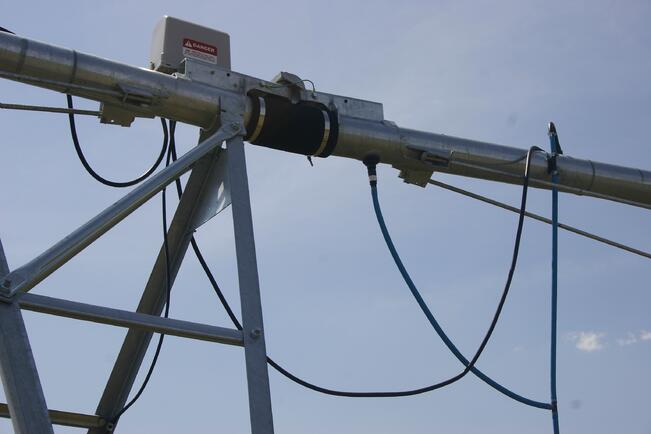
8. Is my water corrosive? What can I do if it is?
Some growers take their water quality for granted and will never experience any problems with their center pivots. However, if you live in an area where the water is very capable of growing crops, but can cause severe corrosion to the internal pipeline of your center pivot, be sure to talk with your irrigation dealer about this possibility to help ensure the life of your center pivot is long. The best option to consider is pipe that is lined with polyethylene that ensures complete protection of your center pivot. If you are uncertain if your water is corrosive, ask your irrigation dealer for a free water sample analysis to determine your water quality.
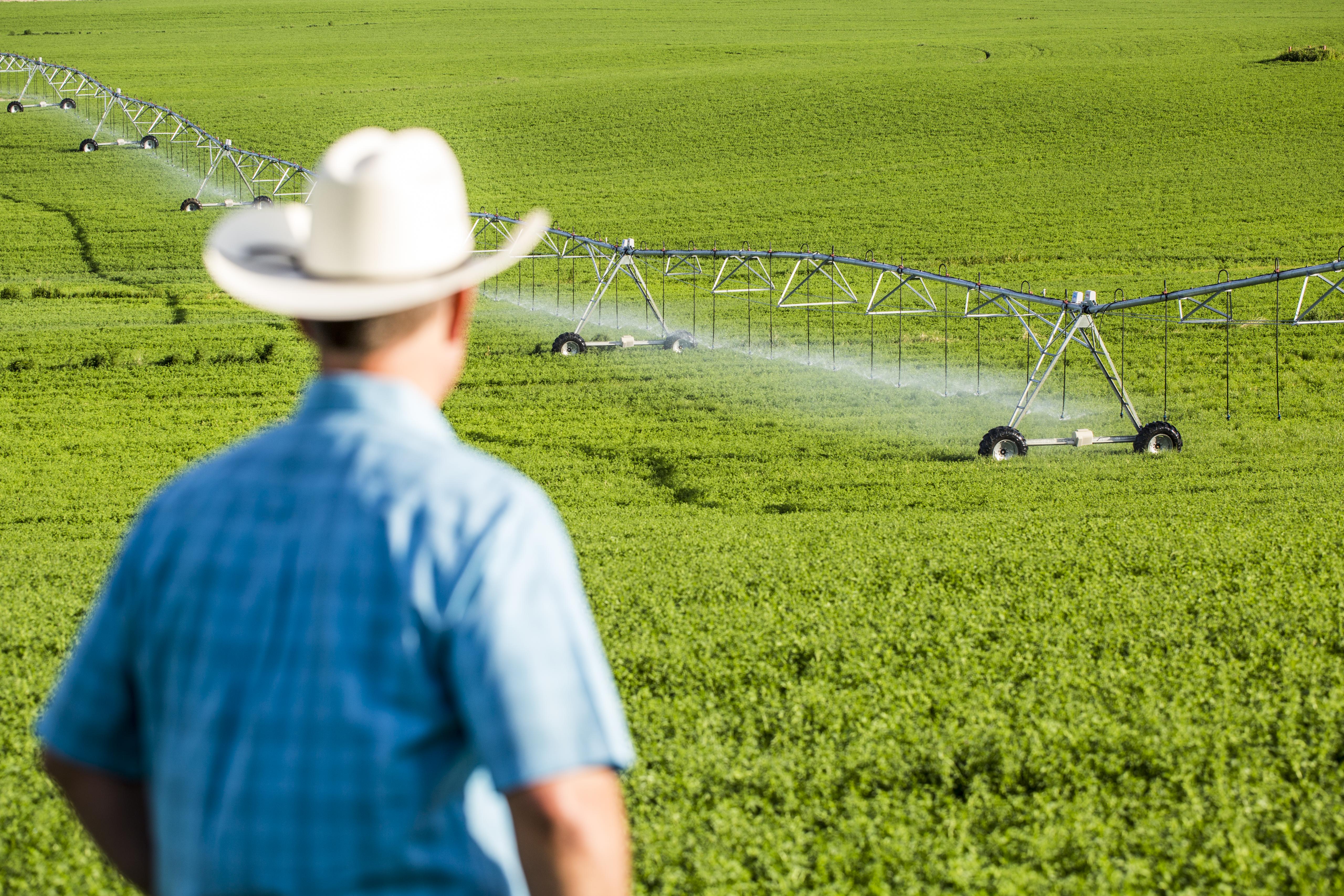
9. What are some tips to help me manage my pivot properly?
A center pivot is a great piece of equipment to apply water to crops, but if it’s managed incorrectly, it can fail like any other piece of farm equipment.
- If you have an adequate water supply, apply smaller amounts of water more frequently; however, this may be crop dependent. A real advantage of a center pivot is to be able to apply smaller amounts of water on a more frequent basis. However, it is important to keep in mind that low gpm/acre capacity water sources may require water applications that are less frequent basis. However, it is important to keep in mind that low gpm/acre capacity water sources, may require water applications that are less frequent and apply greater application depths per pass.
- Manage the water in your crop’s root zone, so that you start irrigating at the right time.
- Use an irrigation scheduling tool to monitor and manage the moisture in the soil, so that you apply water only when and where it’s needed.
- Make sure you know how much water you are applying and how long it takes to apply. Digital control panels will tell you this directly or you can refer to your sprinkler chart information supplied with your purchase. This is very important in helping you decide how to schedule your center pivot’s irrigation.

10. What do I need to do to make sure I keep my machine maintained?
A center pivot is a big investment, and since it’s installed in the field and not stored in the machine shed, it’s sometimes easy to forget about some basic center pivot machine maintenance. Your irrigation dealer will run various preventative maintenance programs throughout the year to help you keep maintenance top of mind. Keeping your pivot in top shape year-round will help make sure your pivot is running well during the critical irrigation season.

11. Should I manage my center pivot with my tablet or smartphone?
Innovations like the Valley® BaseStation3™ and AgSense® allow you to literally manage your pivots from anywhere: your kitchen, a basketball game…really anywhere you can think of. By upgrading to an irrigation monitoring solution, you can get away from the field and back to the things you want to be doing.

12. What else do I need to think about?
When buying your center pivot, you need to think about the future and if you may want to add capabilities several years from now. Consider:
- Adding a corner, Bender or DropSpan to the pivot to gain additional irrigated land
- Adding the ability to apply fertilizers, insecticides, herbicides or fungicides through the pivot
- Gaining the ability to monitor and control the pivot remotely from a computer, tablet or smartphone
- Changing the sprinkler package that may require more closely spaced sprinklers
BONUS QUESTION: Should I carry insurance for my center pivot(s)?
A center pivot is a big investment and it is a good idea to insure the center pivots you own. Extremely high winds and tornadoes have the ability to significantly damage a center pivot. Look for insurance that provides full replacement value and make sure that if replacement values change over time that you work with your agent to update your coverage values. Many irrigation dealers offer insurance and in the event you have a claim, the dealer can help to expedite the claim process for you.
In addition, it’s important to think about the resale value of your center pivot irrigation machine. Ask your irrigation dealer and some of your neighbors about their experiences with resale values of different brands of center pivots; you will find that certain brands will give you a much higher trade-in value than others.
Rich has been with Valley Irrigation since October 1989. Throughout the years, he has held various positions, including Application Engineering, Technical Sales, Territory Manager, Product Manager, Aftermarket Sales Manager, and most recently Vice President of Sales for North America.